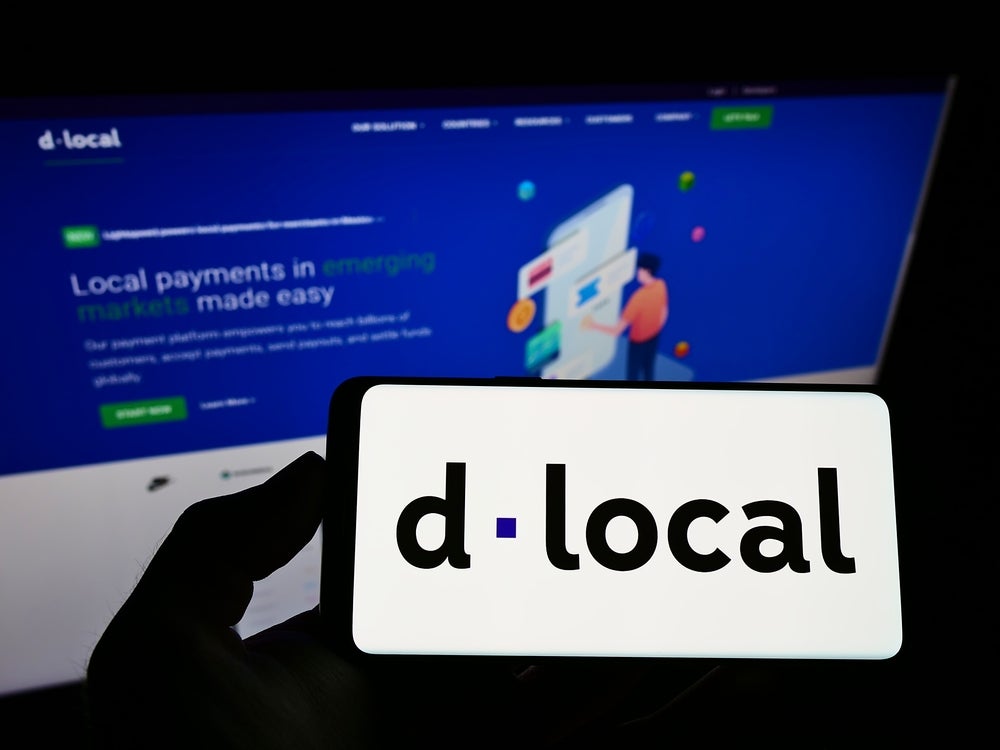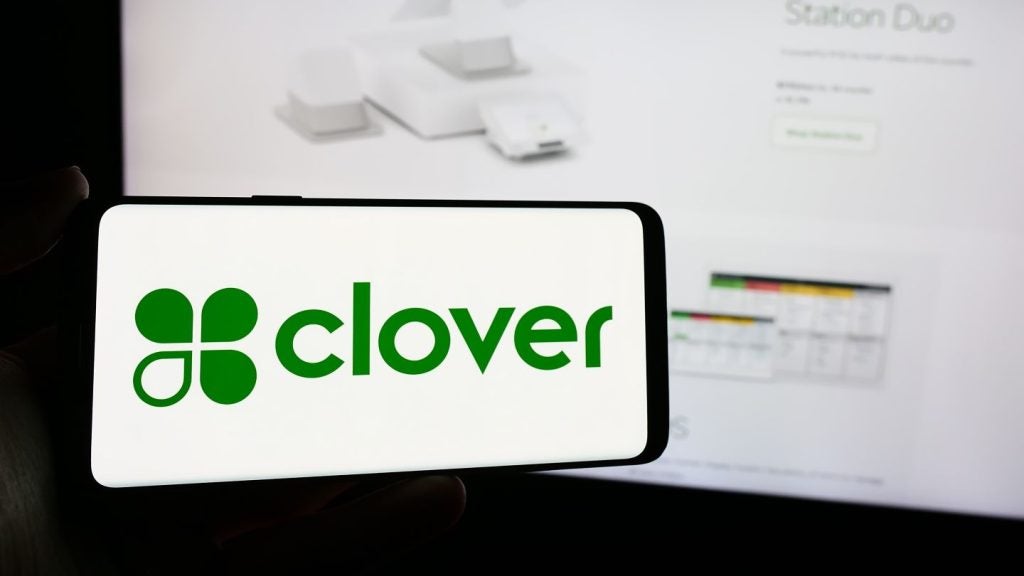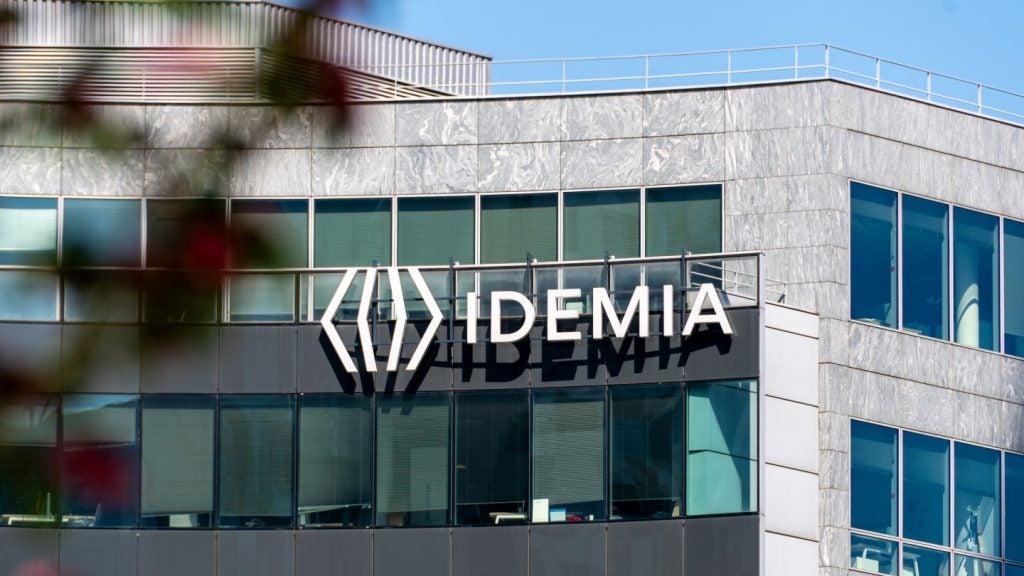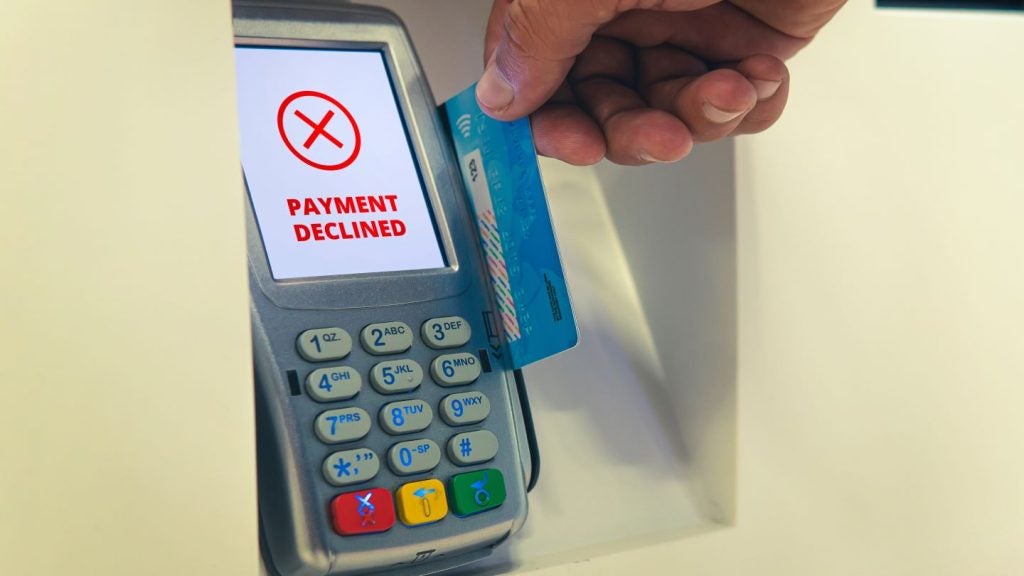Instalment payments have become a cornerstone of financial accessibility, particularly in Latin America (LATAM), where they offer consumers a practical way to manage expenses while purchasing goods and services. As global financial landscapes shift, the appeal of installments is growing far beyond LATAM, becoming an increasingly popular payment method in various regions around the world.
In emerging markets, where economic volatility and limited access to credit are common challenges, instalment payments play a crucial role in bridging the gap between consumer needs and financial capability. They empower individuals to make purchases that would otherwise be out of reach, driving both economic participation and growth.
This trend is not just a regional phenomenon. Installments are gaining traction globally, fueled by the rise of eCommerce and the demand for flexible payment solutions. As businesses look to tap into the potential of these growing markets, understanding and leveraging the power of instalment payments has become more important than ever.
Why instalments matter more now than ever
Economic disparities worldwide have been exacerbated in recent years, with emerging markets being hit the hardest. As these economies struggle to regain stability, consumers face limited access to credit and financing options. This is where installment payments shine. They bridge the gap between affordability and access, allowing consumers to buy essential goods and services without the burden of paying the full amount upfront.
In LATAM, instalment payments are not just popular; they are essential. The region’s financial landscape is characterised by a high preference for non-credit card payment methods, such as cash and local alternatives. With many consumers unable to afford large purchases in one go, installments offer a practical solution, enabling them to manage their finances better while still participating in the global economy.
Instalment payments: a growing trend beyond LATAM
Installment payments have long been a favoured solution in Latin America (LATAM) for consumers looking to manage their finances while still making necessary or desired purchases. Traditionally, these payments allowed consumers to spread the cost of a product over a series of months with no or low interest, easing the financial burden and making more expensive items accessible. However, this trend is no longer confined to LATAM; it’s gaining momentum globally as consumer preferences evolve and new payment technologies emerge.
One of the most prominent trends is the rise of Buy Now, Pay Later (BNPL) services, which have taken the global payment ecosystem by storm. BNPL allows consumers to break their payments into smaller instalments, typically interest-free, over a short period. While some high-profile BNPL providers have faced challenges in mature markets, this payment model continues to evolve, especially in emerging markets, where access to traditional credit is often limited. In regions where access to traditional credit is limited or non-existent, BNPL and other instalment options provide a valuable pathway for consumers to engage more fully in the digital economy. Major fintech companies and platforms are embracing this trend, offering BNPL as an embedded option at the point of sale for online and offline purchases. This model is particularly popular with younger generations, who value financial flexibility and seek alternatives to traditional credit cards.
In emerging markets, offering instalment payments can drive higher conversion rates and increase sales by making purchases more accessible to a broader audience; providing a pathway for consumers to participate more fully in the digital economy. The possibility of instalments allows consumers to afford larger purchases by distributing costs over time without the steep interest rates typically associated with loans. For merchants, offering installment options drives higher conversion rates and boosts sales by making purchases more accessible to a broader audience.
As instalment payments evolve, they are becoming more sophisticated. Consumers now have access to various instalment plans tailored to their financial needs, whether through traditional methods, credit cards, or modern BNPL offerings. The key difference between installment payments and split payments becomes more important here. Instalments involve recurring scheduled payments for a purchase, typically with a single payment method, whereas split payments involve dividing a single payment across multiple sources, such as using both a card and cash.
The expansion of instalment options is a win-win for both consumers and businesses. For consumers, it provides greater financial control and flexibility. For businesses, it opens up new markets and enhances customer loyalty, but can come with a plethora of financial setbacks for companies seeking to implement this payment option The instalment payment revolution is not just a trend but a fundamental shift in the way consumers think about purchasing—both in LATAM and around the world.
The strategic advantage of instalments
For businesses, particularly those operating in regions with low financial inclusion, instalment payments are a strategic tool. They reduce the financial risk for both merchants and consumers by spreading payments over time, ensuring better cash flow and higher conversion rates. Unlike split payments, where the financial burden can be complex and shared among multiple parties, instalments simplify the transaction process and offer a win-win scenario for all involved.
The success of instalment payments in emerging markets is not just about meeting consumer demand; it’s about driving sustainable growth. As these markets continue to expand, businesses that can offer interest-free, locally processed installment options will be well-positioned to capture new customers and drive long-term loyalty.
The future of instalments in emerging markets
The full potential of instalment payments is just beginning to be realised in emerging markets. As more consumers gain access to digital payment methods and as the infrastructure for instalment payments continues to improve, we can expect to see even greater adoption.
For businesses, this means now is the time to invest in solutions that offer instalment payments tailored to local needs. By doing so, they can unlock new opportunities, drive sales, and contribute to the financial inclusion of millions of consumers worldwide.
In conclusion, instalment payments are not just a trend—they are a powerful tool for economic empowerment. As they continue to evolve and gain popularity, particularly in emerging markets like LATAM, their impact will be profound, offering both challenges and opportunities for businesses and consumers alike.
Justo Benetti is SVP Head of Americas, dLocal








